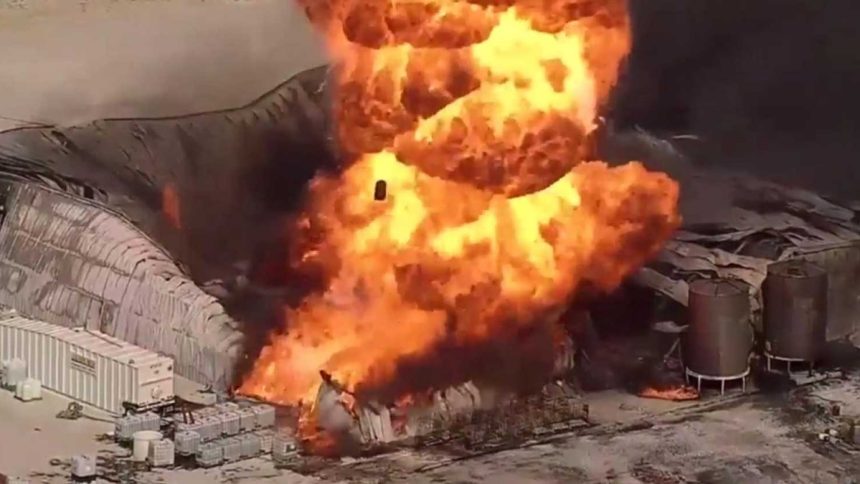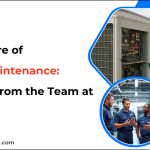An explosion at a plant is a terrible thing that can cause a lot of damage, injuries, or even death.
The United States had more than 270 dangerous chemical incidents in 2023, such as fires, explosions at plants, and the release of toxic chemicals, according to a report by the Coalition to Prevent Chemical Disasters.
Understanding the immediate steps after a plant explosion, such as personal safety, seeking medical attention, reporting the incident, and preserving evidence for legal or insurance purposes, can help victims determine the cause and prevent future incidents.
A plant explosion lawyer specializes in helping people who have been affected by industrial explosions, like workers, people who live nearby, or business owners. Plant explosion lawyers assist victims in obtaining compensation for expenses such as medical bills, lost wages, property damage, and the pain and suffering they have experienced as a result of an accident.
In this article, you will learn how to deal with a plant explosion situation.
Steps to Ensure Safety
In the event of a plant explosion, prioritize your safety and the safety of people around you. Examine your surroundings for potential hazards, such as unstable structures or debris.
- During smoke or toxic fumes, stay low. Once safe, check for gas leaks and fires. Report such hazards to emergency services immediately.
- Lead others to safety if you’re with them. Avoid the explosion site and hazardous materials.
- Comply with emergency alerts and authorities. They will provide vital safe zone information and instructions.
- Stay put until it’s safe to leave an enclosed space.
- Help confused or shocked people lastly. A calm demeanor can influence their reaction.
Assess Injuries and Casualties
Once everyone is safe, including yourself, conduct an injury and casualty assessment. Start by checking on coworkers and nearby people. Look for cuts, burns, and shock.
Find an injured person and prioritize their care. Call for medical help immediately, describing the situation and injuries. First-aid-trained people can help while waiting for professionals. Provide pressure to bleeding wounds and calm shock victims.
Record the injured’s names and injuries. Emergency responders and reports will need this information. It is common to experience emotional trauma after such an event. Encourage those in distress to talk about their feelings.
Assessing injuries quickly saves lives and provides important legal evidence. Consult a plant accident lawyer after a plant explosion to protect your rights and hold the responsible parties or individuals accountable.
Secure the Incident Site
The incident site must be secured to prevent additional injuries and protect responders. Create a perimeter around the explosion site. Mark boundaries with cones, barriers, or tape to keep unauthorized personnel out. This protects bystanders and streamlines emergency response.
Assess remaining hazards. Look for gas leaks, unstable structures, and dangerous materials. Notify authorities immediately of any dangers.
Control the site access. Designate a few trained personnel to monitor entry and exit. This maintains order and restricts entry to authorized personnel.
Document the site as-is. Photographs and notes can help investigations.
Be alert and watch for debris shifts or secondary explosions. Securing the site helps speed up the emergency response.
Communicate With Authorities
Immediately notify authorities after securing the incident site. Local fire and police departments should be notified to provide assistance.
Share important information about the explosion, hazards, injuries, and missing people. Document your conversations. Record the speaker, time, and content. Investigating and improving safety may require this documentation.
Be fully cooperative with emergency responders. You can help them follow protocols faster. Share documents and site access as requested to aid assessment.
Prepare for follow-up interviews or investigations. The situation may require more information for authorities to assess and decide.
Notify Employees and Stakeholders
Following a plant explosion, employees and stakeholders need timely, accurate information. Give a clear, concise message about what happened, the immediate response, and any operational impacts.
Use email, text, and phone calls to communicate. Contacting each group where they prefer to receive updates is important.
Communicate openly. Notify them of any injuries or damage and explain your safety measures. Tell them their health is important. Transparency in communication reduces misinformation and fears.
Be open to questions and provide a contact. This openness builds trust and shows crisis transparency.
Update them with new info. Keep up with updates to feel secure in a chaotic situation.
Begin Recovery and Investigation
Plant explosions require immediate recovery and investigation.
Before allowing personnel into the scene, assess its safety. Check that no employees are missing.
After establishing safety, document everything. Photo and video footage of the damage are necessary for insurance claims and investigations.
Gather a team of experts to investigate the explosion. Engineers, safety experts, and law enforcement should be on this team. Inspect the scene, interview witnesses, and review maintenance records.
Prepare a recovery plan during the investigation. Set priorities for restarting critical operations.
Conclusion
Follow the guidelines in this article to guarantee everyone’s safety and reduce the potential risks after a plant explosion. Keep in mind that it is important to consult a plant explosion attorney to help with the legal proceedings and seek fair compensation.
Lynn Martelli is an editor at Readability. She received her MFA in Creative Writing from Antioch University and has worked as an editor for over 10 years. Lynn has edited a wide variety of books, including fiction, non-fiction, memoirs, and more. In her free time, Lynn enjoys reading, writing, and spending time with her family and friends.















